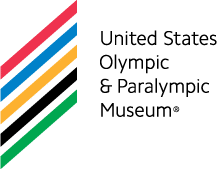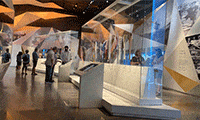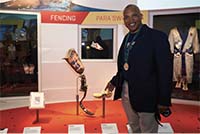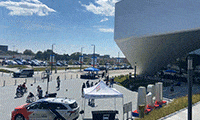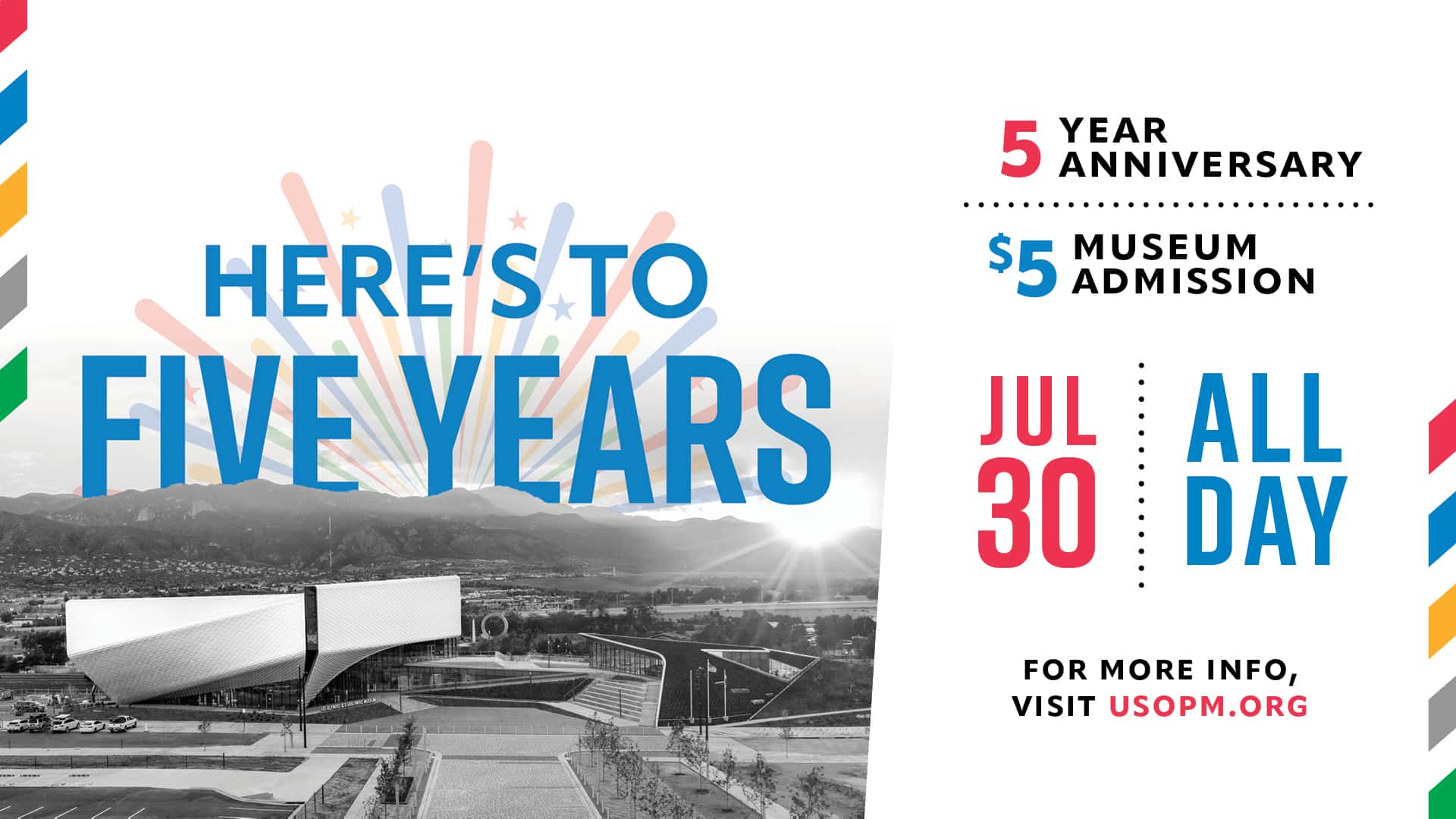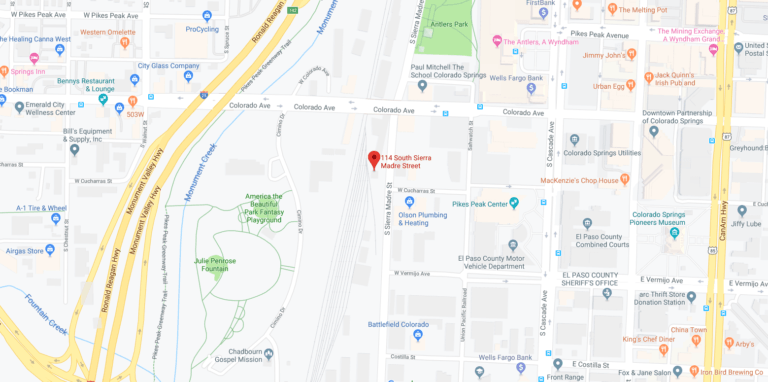Since becoming part of the local lexicon in 2013, the City for Champions project has seemed — to many critics — more theory than certainty. Progress appeared to have slowed to a crawl and one project’s future remains in doubt.
The four-facility undertaking is expected to include a new visitors center at the U.S. Air Force Academy, a sports medicine and performance center at UCCS, the U.S. Olympic Museum and Hall of Fame, and a downtown stadium and events center. The Colorado State Economic Development Commission approved the city’s full request of $120.5 million in state sales tax money for the projects nearly two years ago, and while ground hasn’t yet been turned over for any single project, supporters are making quiet progress, according to involved parties.
U.S. Olympic Museum
Of the four proposed City for Champions projects, the U.S. Olympic Museum and Hall of Fame appears to be the closest to laying a foundation.
According to Kristen Downs, director of administration for the museum, the project received unanimous approval of its design development plan from the Colorado Springs Downtown Review Board last week, the first step toward obtaining a building permit.
“We expect to have a building permit in the next month,” Downs said. “We should be breaking ground in the spring.”
Downs said fundraising for the project is at slightly more than 50 percent of goal, and the Boettcher Foundation and R.C. Kemper Jr. Charitable Trust & Foundation provided gifts of $100,000 each during the summer.
“We’re well on our way to achieving our fundraising goal,” Downs said, adding, “We’re estimating we’ve received over $30 million from outside contributions.”
The museum is expected to cost $80 million to construct and endow. This project will receive $20 million from the state.
The museum will also offer community investment opportunities, such as inscribed building tiles, as the completion date draws closer.
According to Stan Rovira, Olympic Museum project manager, construction has begun on the functional design of the building, the final design phase before construction.
“We reviewed this type of project, museums with high architectural aspirations, and found that in a lot of cases, they’re beautiful buildings, but they weren’t functional,” Rovira said. “We brought the whole team together — exhibit designers, architects, from the very beginning.”
Downs said athletes have also been consulted for the project.
“We’ve been involving U.S. Olympians and Paralympians every step of the way. From the content design to the exhibit process, we want to ensure the project is done as a tribute to athletes and also ensuring it’s the most accessible building in the world.”
Downs said the museum is expected to create 60 new, permanent jobs and hiring will likely begin in 2017. Doors are expected to open in 2018, around the beginning of the Winter Games in Pyeongchang, South Korea. More information, including how to donate, can be found at usolympicmuseum.org.
USAFA visitors center
The earliest the Air Force Academy visitors center will break ground is 2017, according Carlos Cruz-Gonzalez, director of installations for USAFA.
Through an enhanced use lease, the Academy will provide about 52 acres of land near the installation’s north gate for contractors to develop. In exchange, the contractors will construct the center, which will cover about seven of those acres, Cruz-Gonzalez said. The Academy will release its request for qualifications, which has been drafted, following federal approval, Cruz-Gonzalez said.
“The EUL gives us the authority to take that land and make it available for commercial development at fair market value as payment in kind to develop that land,” he said. “We’re asking the developers to construct the visitors center structure.”
Cruz-Gonzalez said the commercial development specified in the RFQ must be compatible with the existing development and mission of the Academy. That would exclude industrial uses, but might include at least one restaurant, he said.
The center is expected to cost up to $35 million, about $6 million of which will be paid via state sales tax funding.
The existing center lies just over three miles inside the secured installation, an inconvenient site for both visitors and security personnel due to high security protocols that sometimes keep visitors outside the main gates at the Academy. The new center would be accessible, even when the Academy itself isn’t.
Cruz-Gonzalez said the center is expected to have interactive displays “that younger generations will be interested in,” as well as a small theater, retail space, offices for staff and a conference area that will be made available to Academy personnel and outside groups.
“Finally, there will be a space for the Convention and Visitors Bureau,” Cruz-Gonzalez said. “There they can display and provide information on the greater Pikes Peak region. We’re part of City for Champions. The visitors center is a gateway to the Academy, and the Academy is a northern gateway to the Pikes Peak region.”
UCCS sports medicine
The UCCS project will be a 72,000- to 77,000-square-foot building located on North Nevada Avenue as part of the university’s Health and Wellness Village.
The building will house elite athlete medical- and performance-based services and will include an orthopedic anchor, as well as space for clinics specializing in performance testing, biomechanics, medically based fitness and physical therapy and centers of excellence related to sports performance and rehabilitation, according to Charles Sweet, UCCS vice chancellor.
The project will receive a maximum of $16.8 million for 30 years in state sales tax increment financing.
“UCCS is now in the process of developing a program plan for the building,” Sweet said in an email. “The program plan will identify the specific clinics that will be housed in the building, as well as the areas of focus for the centers of excellence. The university expects the program plan will be completed by March 2017.”
Sweet said, following the completion of the program plan, UCCS will select an architect and design team. That process should be completed by June 2018 with substantial construction beginning July 2018 and a completion date in December 2019. UCCS Spokesperson Tom Hutton said it was too early to say what the project will cost.
Downtown events center
Of the four projects, a downtown stadium and events center has courted the most controversy — and seems to be the least likely to ever be constructed. No private backers have stepped forward to support it and the city became a “sponsor” in July — but only until a backer can be found.
A statement from Mayor John Suthers’ office summed up the project’s progress in the simplest of terms. “We are still in the process of securing private funding to conduct an updated feasibility study for a potential downtown stadium/arena,” he said in an email.
City Council President Merv Bennett offered a similar response.
“I do not have any information regarding the downtown sports venue. As far as I have knowledge, it is only a concept. The Mayor has said that there will be a study done, using private funds (none from the city), to identify if the project is viable from a financial and operational perspective. Until that is completed, I do not see this moving forward.”
The proposed stadium and events center is expected to cost more than $92 million. State sales taxes would fund about $27 million of the 10,000-seat outdoor stadium and 3,000-seat indoor venue.
City Councilor Jill Gaebler said council passed a resolution that any public funding for the stadium, or any C4C project, would be put to a vote.
“We would be very transparent regarding any possible public funding we wanted to pursue for any of the four projects. … I don’t see [public funding] happening, especially in light of this new ballot measure that passed to just maintain our roads. I think we’re all in with the understanding that we’re barely getting by in performing the primary roles of our city government,” she said.
Gaebler added, however, that she does support the C4C projects.
“This is a state effort and I always want Colorado Springs to be at the table,” she said. “I’m excited about the three projects going forward and, if it’s possible to do an events center and stadium and that makes sense for our community and downtown … then I would be happy to move forward, if it was privately funded.”
The stadium has also struggled to find its purpose. At one time, discussions involved the venue becoming the home for the Colorado Springs Sky Sox. The Sky Sox, however, indicated no interest in moving from Security Service Field on the city’s east side. One criticism is that once the center is built, there is a lack of capital needed adequately upgrade surrounding infrastructure.
This article was originally published on CSBJ
Guided tours available starting at $15; special programming and athlete appearances throughout the day.
